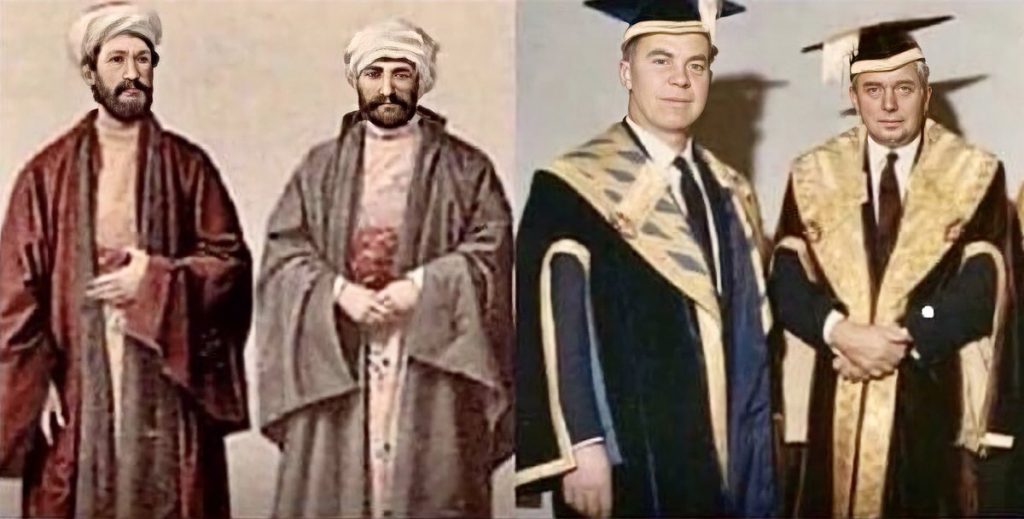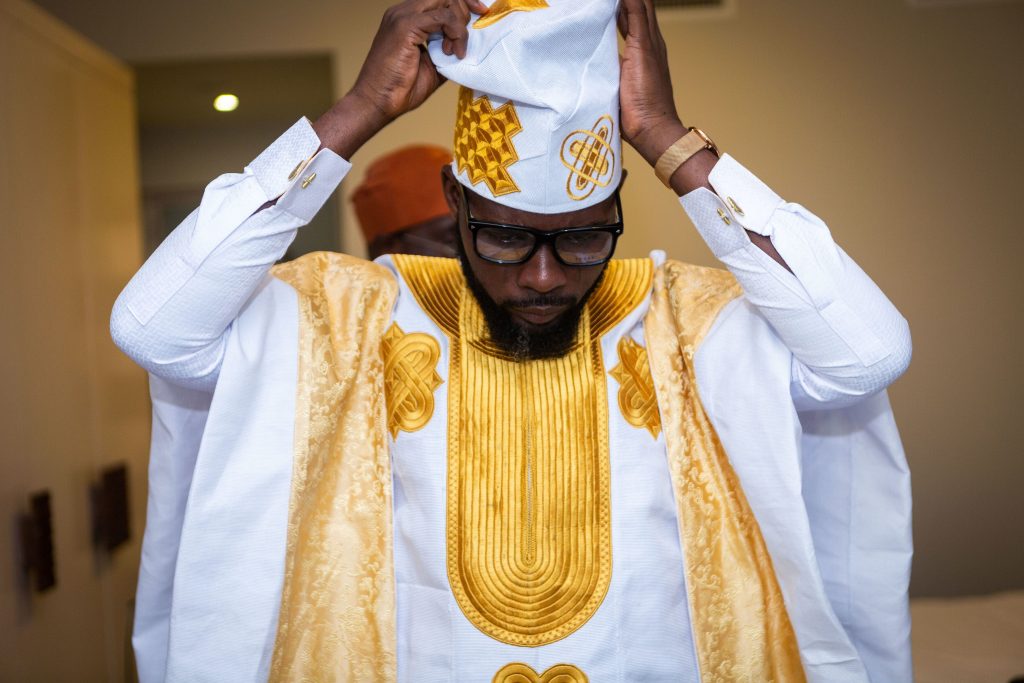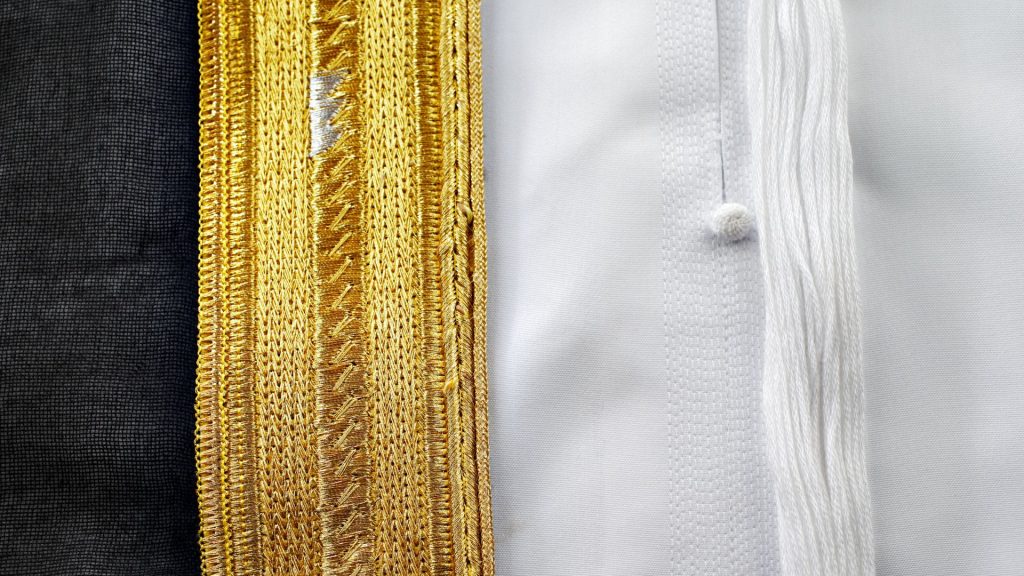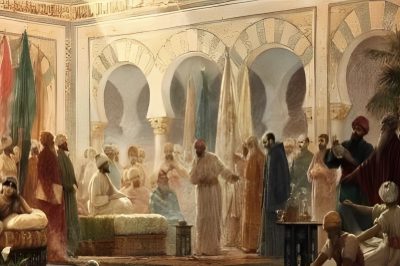When you see a university graduate in a ceremonial gown, have you ever thought how that reminds you of traditional Arabic clothing?
And when you saw Messi being adorned with a “bisht” by the Qatari emir after the WC final match, did you wonder why he was gifted with an Arabic cloak?
All this relates to the classical garments in which Arab and Middle Eastern Muslims take pride, as well as to the Islamic tradition of expressing generosity and honor through gifts.
The Thawb of Muslim Scholars

During the era of Al-Andalus, students from all over Europe traveled to Spain, which was the center of intellectual and scientific development at the time.
When these students returned to their homes, they usually wore thawb, the traditional Islamic dress, giving an indication of where they graduated from.
What Is Thawb?
The thawb is a long, ankle-length robe, usually with long sleeves.
Although white is the color you probably most often see, there are also darker-toned thawbs also, made of sticker fabrics, especially during the colder months.
Thawb is widespread in the Muslim world, but still, each region has its own style. The Moroccan Djellaba, the Emirati Kandura, the Saudi Dishdasha, or the West African Boubou are just some examples.

Signs of Prestige
On special occasions, men wear a bisht, a cloak worn above their thawbs, which ttaditionally gives a sign of prestige and status, expressing royalty, wealth, or a religious position.
Bisht is made of a very light, transparent cotton fabric, that is usually black, white, cream, or beige with gold, silver, or silk stitch embroidery.

Tailoring the handmade bisht is considered an art, and often handed down in families from generations to generations.
Gifting Clothes Holds a Message
These garments are sometimes more than just ordinary dresses to cover one’s body, as wearing them conveys a message about its owner.
That is why giving clothes or fabrics as gifts was the official way to express recognition for loyal service until the 19th century.
Giving gifts in Islam is a traditional way to increase love for each other. The Prophet said,
“Give presents to one another for this would increase your mutual love.” (Sahih Muslim, book 12)
Practicing this sunnah of exchanging presents softens the hearts and settles enmity. You express thankfulness and honor, create peace, and establish good relationships.
When you gift someone a garment that expresses royalty, prestige, or status, you actually honor the person with royalty, prestige or status, just like university graduates are recognized and honored for their efforts and scholarly achievement by wearing a thawb.

Conveying a message through garments is also well known in the Western academic world. But it is good to know about its connection to the Islamic scholarly tradition.
As Jack Goody, in his book titled “Islam in Europe,” says,
“The Arabic clothing (Thawb) has remained the purest & clearest sign of scholastic integrity up to this day of ours, especially during scholastic events such as debating and graduations.”
***
References:
Graduation Garments & Universities in Islamic history

